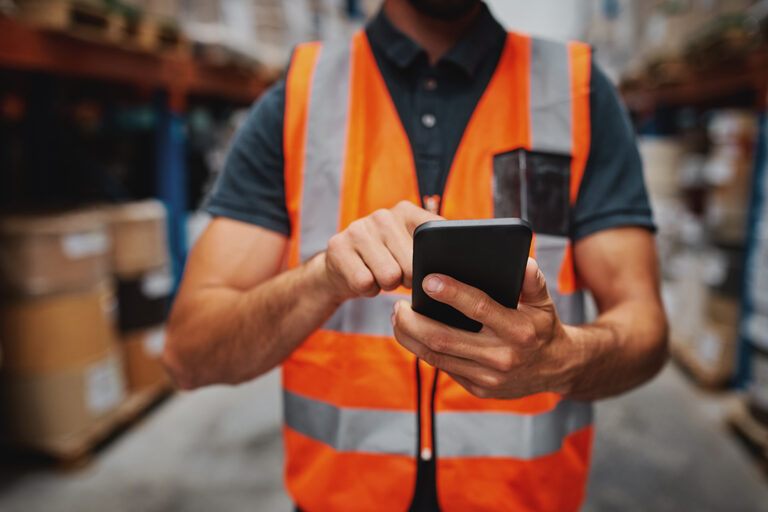Technology is changing consumer purchasing behavior by expanding online services that now give consumers immediate access to certain goods. The on-demand economy shows no signs of slowing down. U.S. consumers are spending about $57.6 billion in the on-demand economy already and this number is only predicted to grow. As a result, businesses are being forced to offer more delivery options as well as faster delivery services.
What is the On-Demand Economy?
The on-demand economy is defined as activity created by digital marketplace to fulfill consumer demand for immediate goods and services. It provides a fast way for consumers to have access to goods and services through a digital marketplace. As consumer behavior dictates faster service, convenience and speed of delivery are among the highest priorities for consumers. One of the most common examples of the on-demand economy is grocery delivery services. The food delivery market is expected to grow to $165 billion by 2029.
Companies that provide on-demand goods or services need to create a seamless buying experience for their customers that extends beyond the purchase. Because on-demand purchases require fast shipping, companies in this market have to provide the best customer service. High shipping costs and a lack of delivery options are two of the main factors in which buyers do not complete virtual purchases. Businesses need to use digital solutions to retain customers and beat their competition.
Technology Makes the On-Demand Economy Work
Digital solutions are adding value to on-demand economy services in the following ways:
Inventory Management
Technology is making data speeds faster than existing networks. The Internet of Things (IoT) is increasing the volume of data and speeds at which the data can be collected and analyzed so that inventory can be evaluated in real-time. This is imperative for on-demand services to be effective. Fast 5G technology can help logistics providers to better manage their inventory. Faster 5G service will improve the speed as which real-time data is transmitted, enabling more informed decisions in the warehouse.
Delivery Tracking
Customers want to know the status of their packages, and businesses need to be able to provide real-time updates. Smart sensor technology coupled with logistics platforms lets customers know the exact location of an item as well as the environmental conditions surrounding the package. This makes high-value packages or those with perishable ingredients easier to manage. Real-time tracking and communication are connecting customers to their deliveries, for a better customer experience.
Finding the Best Routes
In order to meet customer’s requirements in the on-demand economy, the best delivery route must be selected. Finding the best route, however, cannot rely on a manual process. A fleet with even just a few vehicles is impossible without route optimization software. Using technology to find the best routes helps shippers get an on-time delivery rate and can help cut costs.
Flexibility
Planning in the shipping industry is important, but so it the ability to have flexibility to adjust when changes occur. Every delivery route has potential disruptions like traffic, weather, or vehicle trouble. To keep the shipping process moving, dispatchers need to know about issues immediately so they can be handled and delays can be avoided. Real-time route modification can turn potential delays into on-time deliveries.
The Entire Customer Experience is Key
Technology benefits companies in all of these ways, however, the customer experience as a whole is the way to retain customers. While faster delivery is desired by consumers, it is not the only factor that will drive revenue. If the entire shipping or delivery service is a poor experience for the customer, they will not offer their loyalty just because the delivery was fast.
Instead, the shipping or delivery service should take into account the entire experience for the customer. Grocery delivery, as an example, should ensure that the food is being handled properly and delivered at the correct temperature. As with every order, the order for an on-demand service needs to be correct for the customer to be satisfied. The more complex the product being delivered, the more challenging the delivery process but on-demand companies must get it right in order to stay in the market.
Verizeal for the On-Demand Economy
The on-demand economy is rapidly expanding across the e-commerce market. In order to be successful, businesses that provide goods and services for immediate delivery need to be able to utilize technology solutions to improve they way they do business. Verizeal offers a full service logistics platform that is backed by blockchain that gives full visibility to the entire shipping process.



